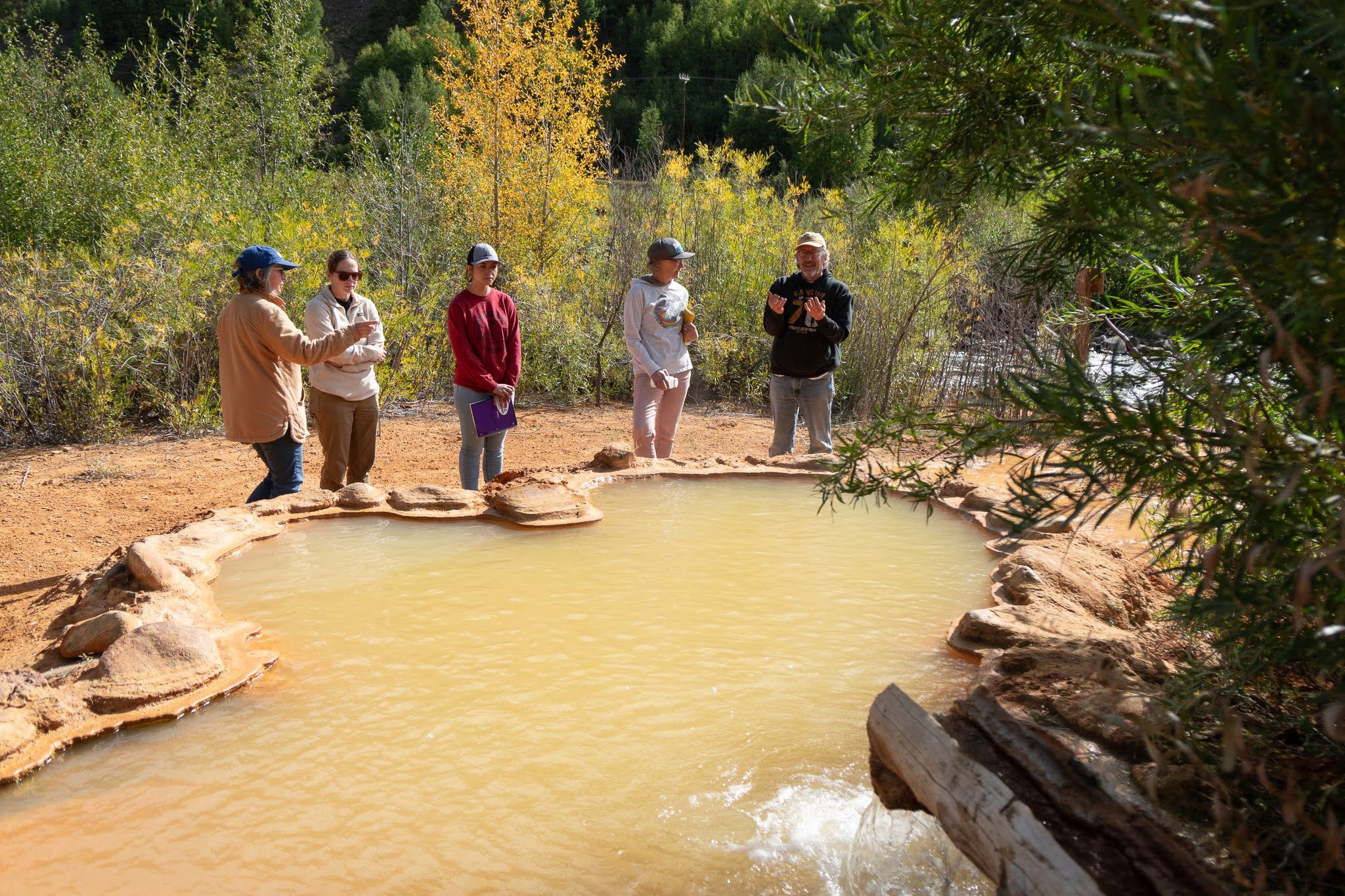
Geothermal 101
Introduction to Rico Geothermal
Geothermal energy is heat energy from the earth—geo (earth) + thermal (heat). Geothermal resources are reservoirs of hot water that exist or are human-made at varying temperatures and depths below the earth's surface.
Rico has some of the highest identified hydro geothermal potential in the State (Berkman and Carroll, 2007)
3 surface geothermal springs with temperatures of 40 – 46 °C (104-115 °F) and estimated discharge of 0 – 15 gallons per minute (GPM)
Potential reservoir temperatures between 120 – 140 °C (248-284 °F) (Oerter, 2011).
Estimated potential from existing geothermal- Up to 90% of the town’s heat through successful utilization of the the hydro geothermal resource, coupled with ground source heat pump technology
Rico is a very small town with a population of less than 300 people with a harsh winter climate and limited energy sources and economic opportunities
We have a very hot hydro geothermal resource with estimated temperatures near 300 degrees Fahrenheit and potential to provide district heating to the entire town using the existing hot water combined with ground source heat pumps
District Heating and Thermal Energy Network (TEN) Explained
District heating is an underground infrastructure asset where thermal energy is provided to multiple buildings from a central energy plant or plants. Steam or hot water produced at the plant is transmitted 24/7 through highly insulated underground thermal piping networks. Learn more from the slides below (click any image to view full-size).
More About Rico’s Hydro Geothermal Resource
Modeling of the thermal resource is currently ongoing, so Teverra cannot yet provide a concrete assessment of the Rico geothermal resource and locations for easiest access or where hot spots are located for potential drilling site. As modeling continues and our understanding of the system develops, Teverra will be sharing more insight. However, what is currently understood is that the resource in Rico has exceptionally high heat flow in the state of Colorado and hot spring temperatures suggest sufficient temperatures for direct use options. The goal of the work to be completed by Teverra in this project is to quantify and qualify the natural geothermal resource which includes locating best drilling locations based on the reservoir and estimating the thermal energy available.
How District Heating Systems Work
District heating systems operate by centralizing heat production and distributing it to buildings through a network of insulated pipes. Inside each building, heat exchangers transfer the heat to the internal heating system, with controlled temperatures to ensure efficiency. At the network level, district heating systems are designed to deliver heat to multiple buildings across a large area, whether it’s an urban district, industrial park, or even a whole city.
A district heating system typically consists of:
Heat Generation Plant: Centralized facilities (boilers, CHP plants, geothermal heat pumps, or solar thermal installations) where heat is produced. This central heat source is expected to be the Rico geothermal system.
Heat Distribution Network: Insulated underground pipes that carry hot water or steam from the heat generation plant to buildings within the district. The network is typically made up of primary (supply) and secondary (return) pipes.
Heat Exchangers: Devices that transfer heat from the hot water/steam in the district heating network to the building’s internal heating system.
Control Systems: Monitoring and control systems to regulate the flow and temperature of heat, manage demand, and ensure efficient operation.
Also a hybrid system- both ground source air and water
Geothermal Information from the State of Colorado
(click any image to view full-size)
















